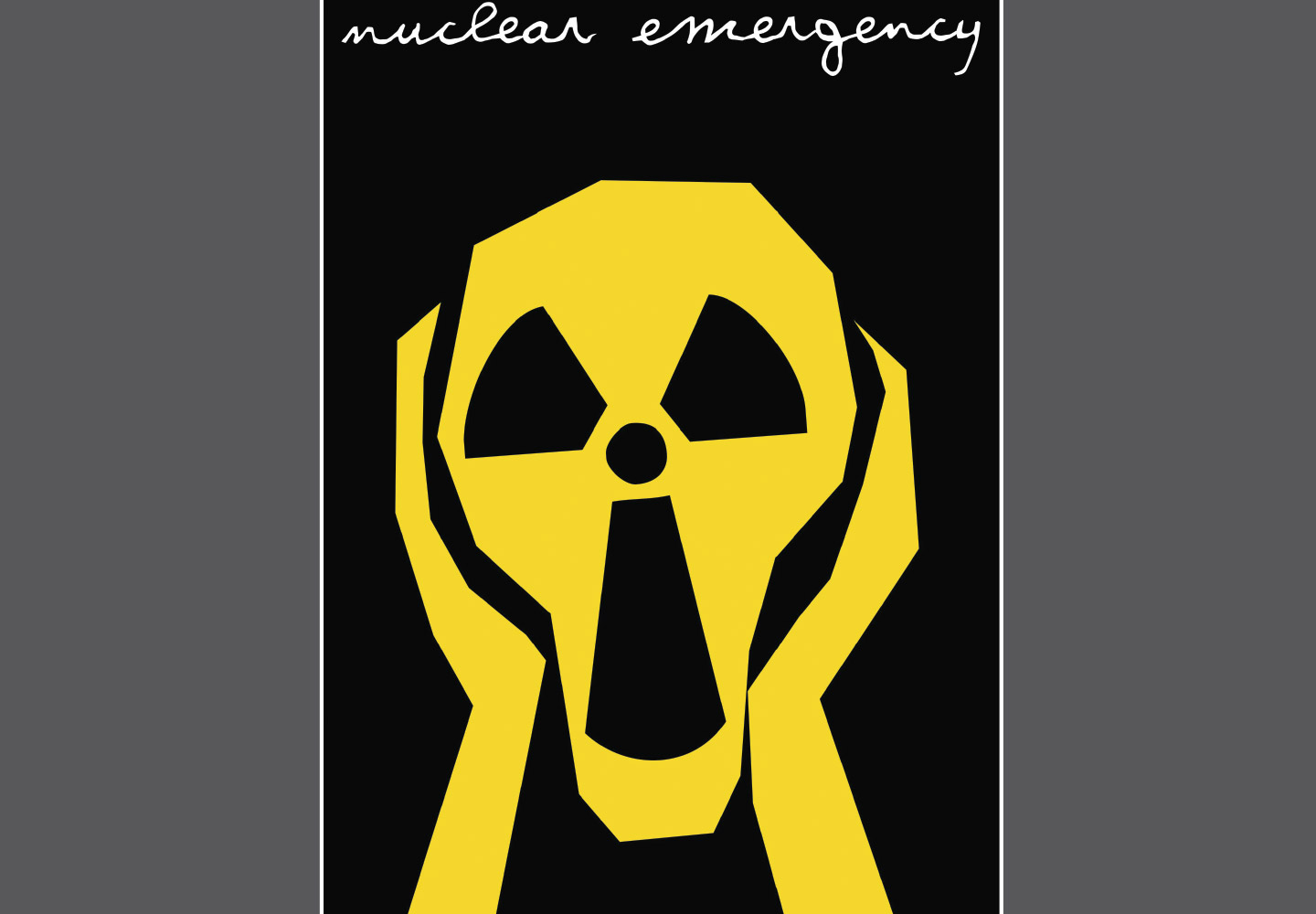Art is for art’s sake, goes an old expression. The artists represented on these pages might disagree. They have created works with a message—each image in its own way an act of protest.
These artworks are meant to critique the people and institutions that wield power in our society, such as political parties and corporations. The art tackles a number of issues, from the environment to war to the right to bear arms.
Sometimes protest images are tied to particular movements (see “Protest Nation"). Other times they reflect the particular concerns of their creators. Artists making social statements use a variety of methods to grab the public’s attention. But many start with a simple concept: taking a familiar image or idea, then making it surprising by changing it.

